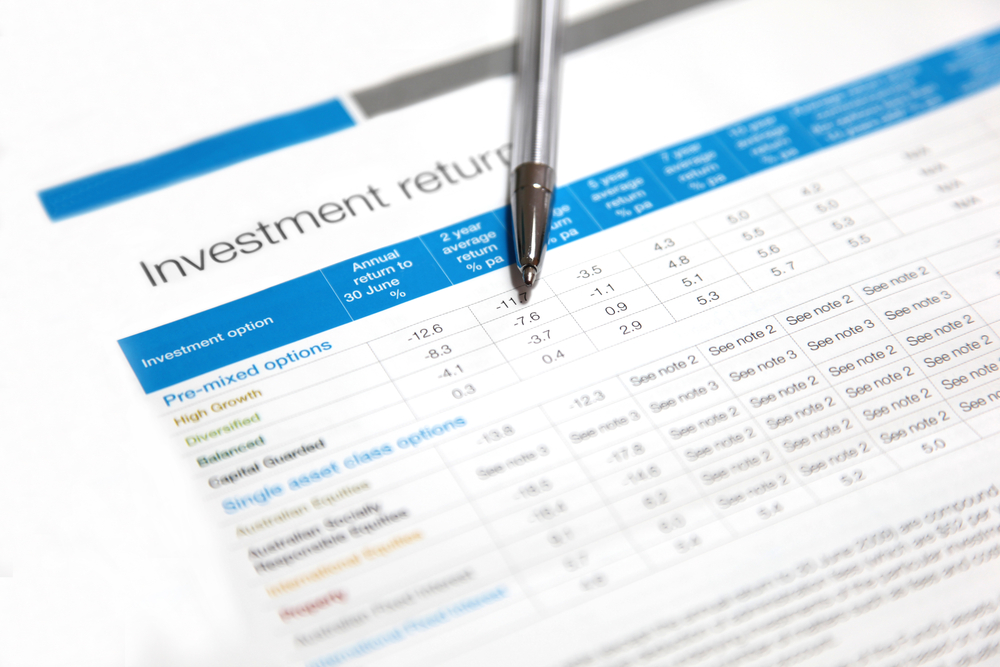Unlocking the mysteries of your super statement
Superannuation statements. Boring, right? But if, like many people, you toss your annual super statement in a drawer or hit delete, you could be depriving yourself of many thousands of dollars just when you need it.
So, it’s worth the small effort to take a closer look at your superannuation statement. A quick check of your statement may reveal some of the common problems that occur with super; and the sooner these are fixed the quicker your savings can increase.
What to look for
The layouts of statements vary between super funds, but there is standard information that must be provided. Some items may appear in summary form, with a detailed breakdown shown elsewhere. Here are the key things to look for:
-
Contributions or funds in
This will cover employer and personal contributions, government contributions and rebates, plus any rollovers. If you’re an employee earning more than $450 per month, your employer should be paying 10% of your ordinary time earnings to your super fund. Payments can be made either quarterly or monthly. -
Funds out
Most commonly this comprises administration and investment management fees, and any insurance premiums. Excessive fees can place a real drag on the performance of your savings, so check that they are competitive with other funds. -
Investment earnings
This covers interest and share dividends, along with any capital growth in the value of your investments. Be aware that depending on your specific investment mix and the performance of markets, this figure may sometimes be negative. -
Insurance cover
Your super fund may provide death and/or disability insurance. If so, check that it is appropriate and adequate for your needs. Maybe you are paying for insurance cover you don’t need or are inadequately insured. -
Investment options
This will show what your money is invested in, and in many cases the performance of each investment. Your investment choices will be one of the main influences on the ultimate value of your retirement savings. Professional advice in this area is strongly recommended.
Other things to check
-
Have you provided your tax file number?
If not, the fund will be deducting too much tax from your contributions and earnings. -
Have you made a binding death benefit nomination?
This allows you to choose, within applicable rules, who your superannuation is paid to upon your death. -
Is your name and address up to date? Is it possible you have ‘lost super’?
This occurs when a super fund can no longer contact you. The Australian Tax Office can help you find lost super. Start here https://www.ato.gov.au/forms/searching-for-lost-super/ -
More than one statement?
Ideally, you should consolidate all your superannuation into one fund. This will avoid duplication of fees and insurance premiums and make your super much easier to manage.
Invaluable advice
Super is one area in life where professional advice can really pay off. If you need help with understanding investment options, consolidating multiple super funds, finding lost super, or ensuring you have the right insurance cover, talk to your financial adviser. The sooner you do, the sooner you’ll be on track to growing your super pot of gold.
The information provided in this article is general in nature only and does not constitute personal financial advice.






